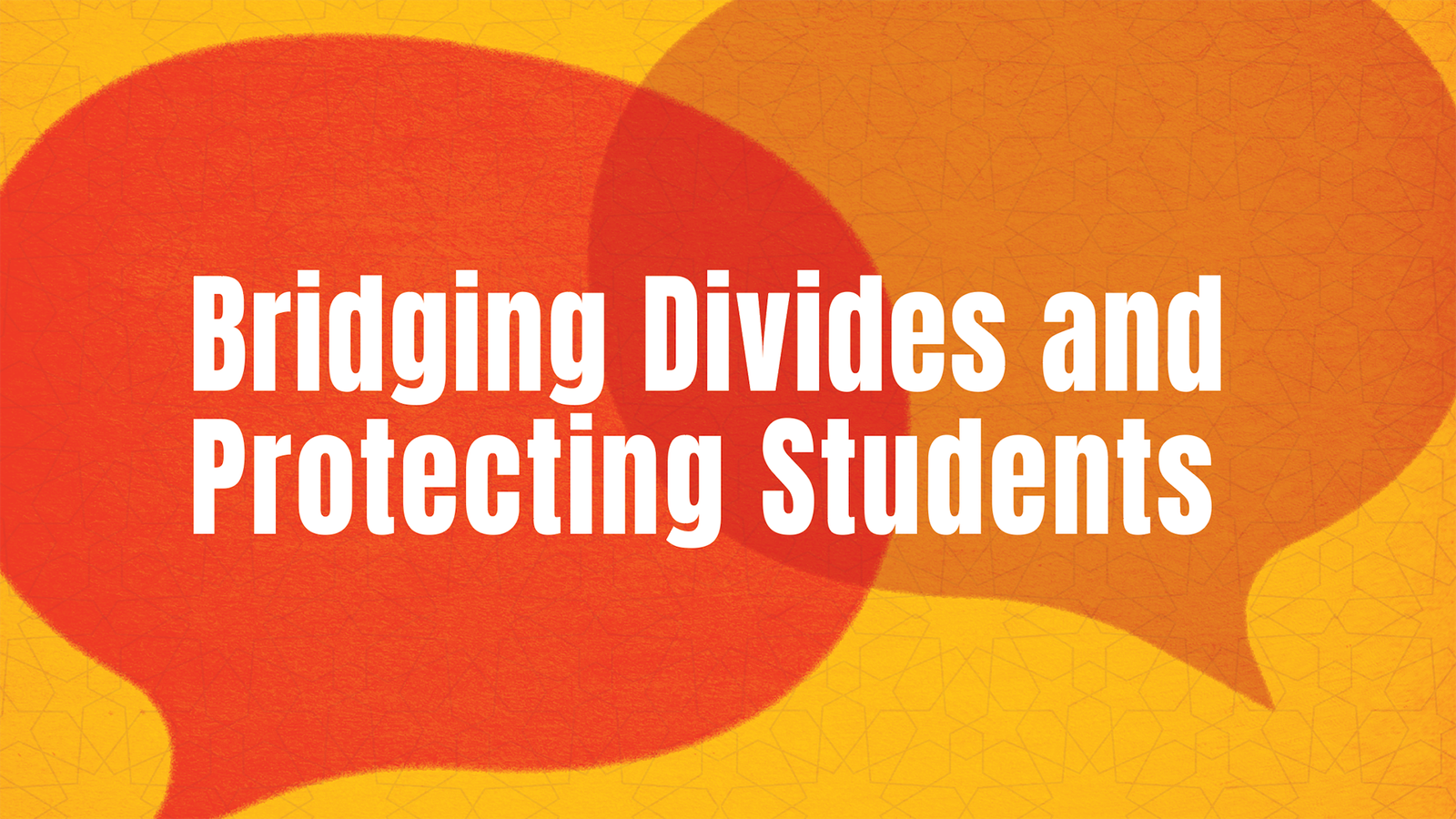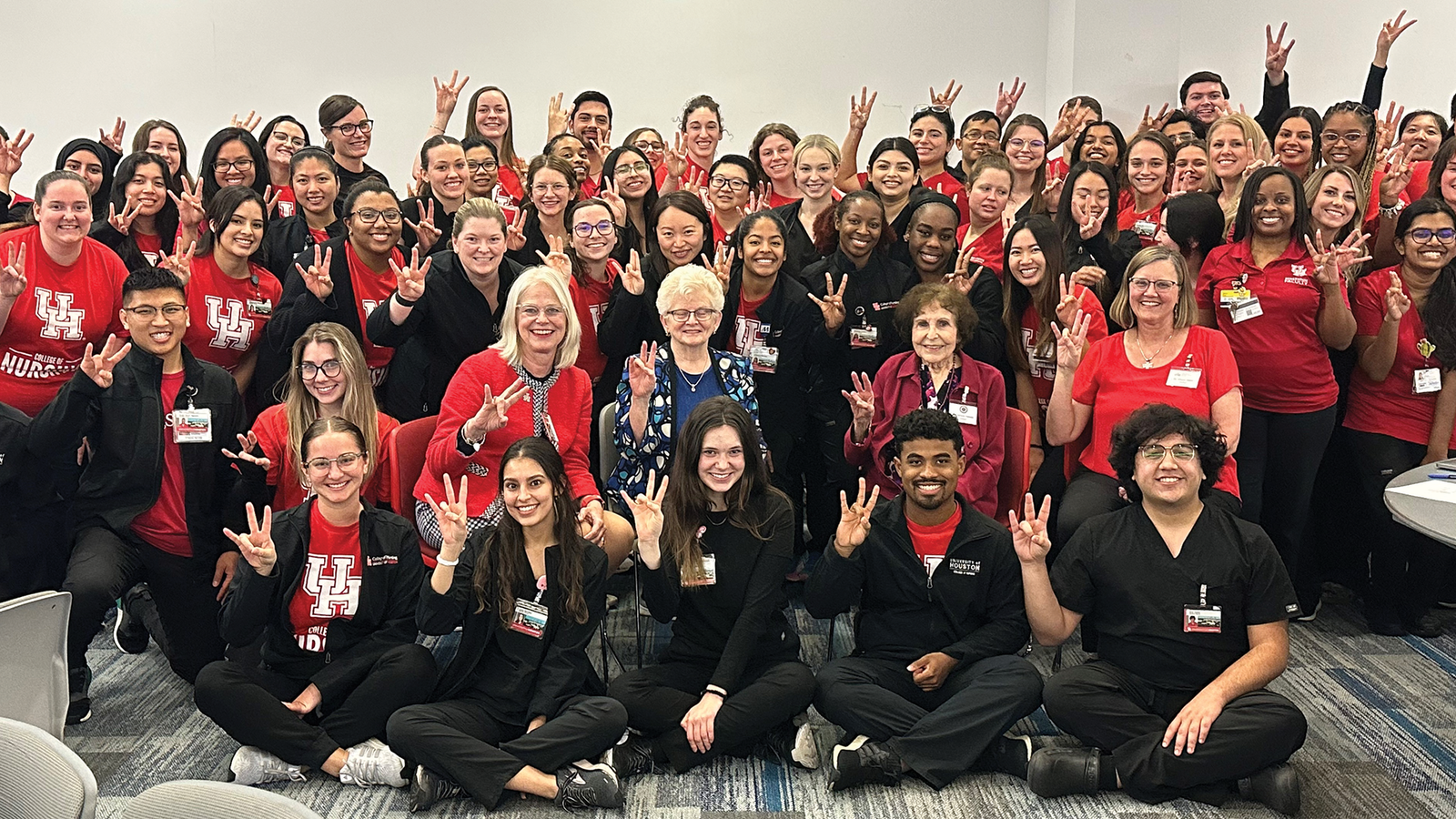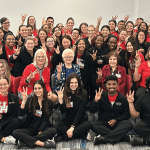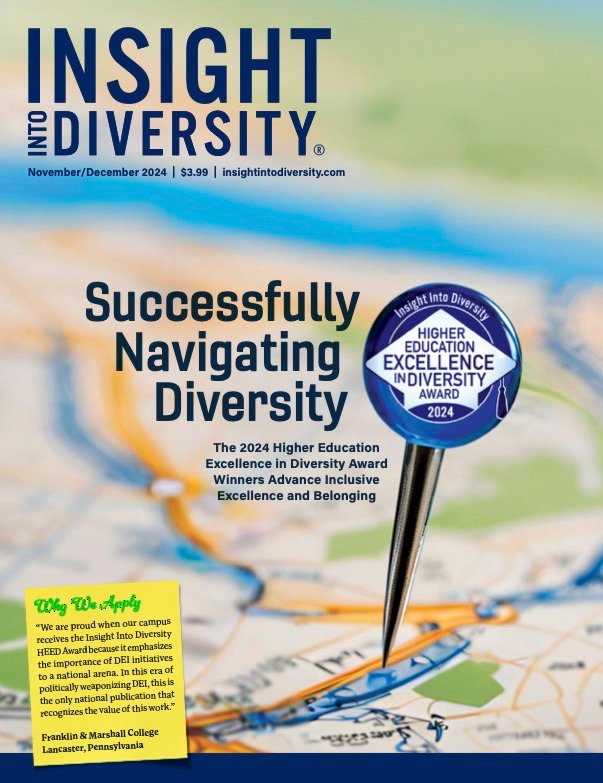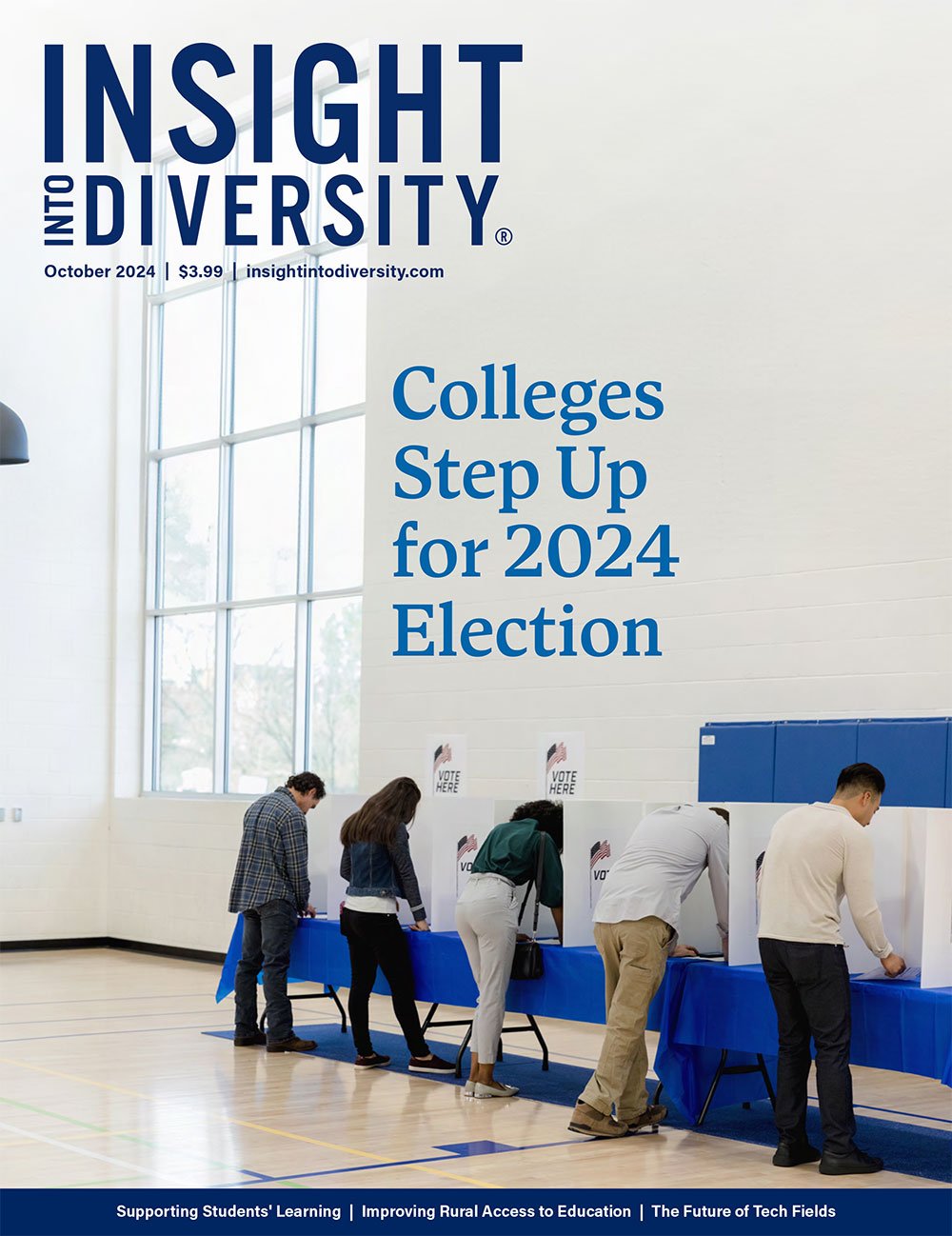As the workforce shifts to more technology-based jobs and people postpone their retirement years, the number of college students who are middle-aged or older is growing fast.
Currently, one in 10 college students in the United States is age 40 or older, according to the National Center for Education Statistics. By 2027, 3.3 million students will fall within this age group.
The decision for older adults to enroll in higher education has become more of an imperative than a recreational pursuit, says Marie Cini, PhD, president of the Chicago-based nonprofit Council for Adult and Experiential Learning.
“This is beyond special programs for continuing education for adults who simply want to learn some new things,” Cini says. “It’s becoming an economic necessity to plan for a longer working life.”
Layoffs, divorce, lack of opportunity for growth or promotion in their current industry, and unfulfilled career goals are all cited as reasons older people have chosen to return to college or enroll for the first time, according to the American Association of Community Colleges (AACC).
While this population is not a monolith, they are more likely to be established in their personal and professional lives, says Cini. They tend to have specific needs and goals that aren’t necessarily part of the traditional college framework.
“Adults want to pursue their degree, have responsive faculty and support services, career services, and connections to employers. They are not trying to fit into the college culture as we traditionally know it,” she says.
In fact, for older adults, the “youth-centric” focus of many campuses “can confirm their feelings of alienation and isolation as college students,” according to the 2017 article “Nontraditional Adult Learners: The Neglected Diversity in Postsecondary Education” by DePaul University professor Joseph Chen, PhD.
These students are often relegated to a secondary status by their colleges and universities compared with the investments made in recruitment of and support for younger peers, writes Chen, who is the director of student support services at DePaul’s School of Continuing and Professional Studies.
Relatively simple solutions such as offering evening hours for college counselors and administrative offices and creating support groups for older students can result in a more inclusive environment for this often-neglected population, he writes.
There is plenty of evidence to support Chen’s argument that higher education is failing adult learners. Nontraditional students overall, including 20 percent of those who are 40 or older, are more likely to enroll in for-profit institutions, according to the Postsecondary National Policy Institute (PNPI). Graduation rates for this demographic are despairingly low, with only half of those who enroll in community colleges earning a degree. At four-year institutions, the number drops to 15 percent.
The cost of education is also a major challenge for older adults when deciding to enroll in college. A quarter of students who are 40 and older have annual incomes of less than $20,000, according to a 2018 PNPI report.

Supporting this demographic involves rethinking financial aid policies such as eligibility deadlines and lifetime caps on grants and loans, says Emily Bouck West, deputy executive director of the nonprofit Higher Learning Advocates.
“For independent students, older students, and those with dependents, right now it’s a sharp cutoff [for aid eligibility],” she says. “Reworking that would better benefit those populations.”
 Loosening the lifetime caps for federal Pell grants, for example, could expand eligibility for those returning to school. These individuals may have the added hardship of still paying off previous student loans without the additional salary boost that a degree can offer. In addition, the federal student aid application known as FAFSA could also be better formulated for older students, as eligibility requirements are designed to measure parental income, West adds.
Loosening the lifetime caps for federal Pell grants, for example, could expand eligibility for those returning to school. These individuals may have the added hardship of still paying off previous student loans without the additional salary boost that a degree can offer. In addition, the federal student aid application known as FAFSA could also be better formulated for older students, as eligibility requirements are designed to measure parental income, West adds.
By rethinking how students access aid, it is possible to find pathways for older students to return to school or enroll for the first time, she says.
Some government and nonprofit programs have done just that. AACC’s Plus-50 Encore Completion program was started in 2008 to reach baby boomers as they approached retirement. Through grants, those who want to continue working for personal or financial reasons can receive training and job-placement assistance along with college credit.
Alabama’s Senior Adult Scholarship Program covers tuition costs for state residents 60 or older who enroll in community college. In Georgia, the 62 and Older program waives tuition for senior residents earning a four-year or graduate degree within the state university system.
More than 1,000 seniors took advantage of the program in spring 2017 alone, according to The Atlanta-Journal Constitution.
While it might look different for an older student, a college degree remains a worthy pursuit at any age, says West. “To help an older worker gain new skills that could open new doors, college is still a really viable option.”
Blythe Bernhard is a contributing writer for INSIGHT Into Diversity. This article ran in the March 2020 issue.




